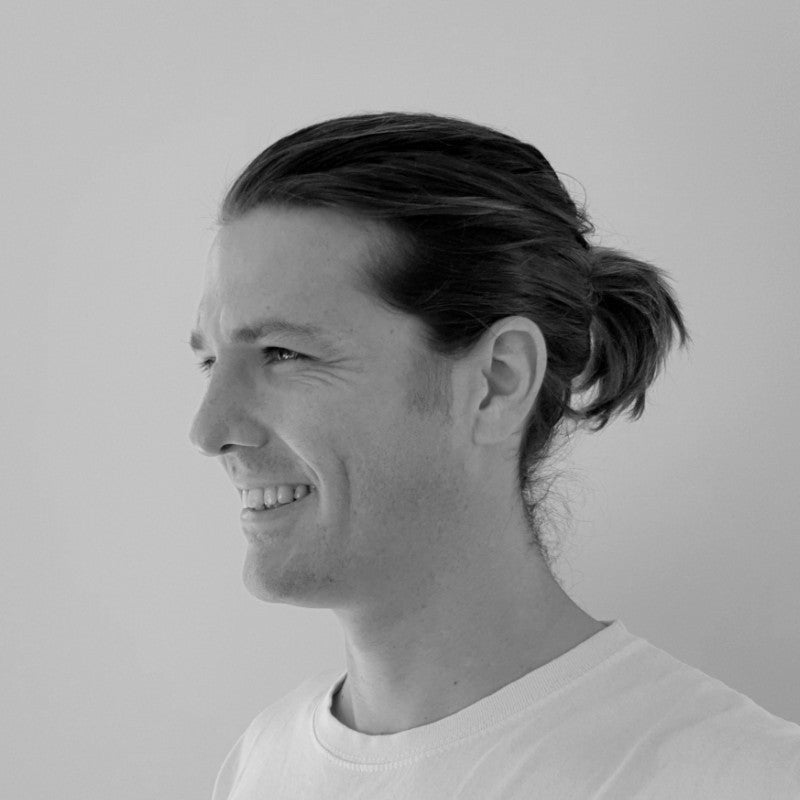One of the most common questions we get about Cuddy and Cuddly Lite is do composting toilet smell?
Short answer: no! Long answer: still no, but let’s explore the various reasons and factors that can contribute to a smelly toilet and discuss ways to mitigate any potential odor issues with composting toilets
TL;DR summary
If you are using a toilet like Cuddy or Cuddy Lite, when set up properly you won’t smell anything except a possible hint of organic earthy matter. . That’s due to the magic of urine diversion, but we’ll explain more on that later. if you do catch a whiff of something unpleasant, we have a troubleshooting guide below.
Why do people think composting toilets smell?
When someone hears “composting,” paired with "toilet", they may start recalling a traumatic experience in an outhouse-style toilet. You know, one of those bottomless pits that you fear falling into (or fearing for your phone’s life should it fall out of your pocket into the deep, dark abyss). Relax – everything’s going to be okay; portable composting toilets are NOT outhouses, nor do they smell anything like a derelict port-a-potty. Before we begin talking about smell, odor, and the like, we might need to first define what is a composting toilet,, and how it works.
How do Cuddy and Cuddy Lite work?
Compact and portable, our toilets are waterless and uses the natural processes of decomposition to start the process of turning human waste into compost. This takes place within a specially designed container where the waste is either mixed or layered with organic matter to start getting broken down by bacteria and other microorganisms. We may be a bit partial, but the best composting-style toilets are urine-diverting dry toilets because they separate liquids from solids, which is what creates that gross sewage smell when they are mixed together.
One of the key advantages of these toilets is their versatility. Cuddy and his kin can be used in a variety of settings, from conversion vans to remote cabins and off-grid tiny homes. The self-contained nature of these models makes it ideal for locations where access to water and sewage infrastructure is limited or non-existent, and best of all, they do not stink like an outhouse, either!
The Science Behind the Smell in Composting Toilets
First, it is important to understand the role of bacteria in the decomposition process and how certain factors can affect the smell that may be emitted from a toilet that starts the composting process.
Why do toilets smell?
All toilets – including your typical flush toilets – can smell for a variety of reasons, including residual waste on the toilet bowl to sewer gas backing up from standard plumbing pipes. The terribly unpleasant smell in outhouses and port-a-potties is due to liquid waste mixing with solid waste; the high ammonia in human urine kills the helpful microbes and bacteria found in solid waste, causing it to sit there and stink for an eternity since it cannot be broken down naturally
Thankfully, urine diverting toilets like Cuddy separate liquids from solids, eliminating the dreaded sewage smell while kickstarting the natural decomposition process, further removing the chance of your composting toilet smelling.
The role of bacteria in composting toilets
Bacteria are crucial in breaking down waste and reducing odor in composting toilets. Aerobic bacteria thrive in an oxygen-rich environment and convert organic matter into CO2 and water. These bacteria are responsible for the decomposition process that transforms waste into compost. However, improper maintenance or lack of oxygen can lead to the growth of anaerobic bacteria, which produce foul-smelling gases.
Luckily for you, our toilets are designed to perfectly manage temperature and humidity levels within the composting toilet itself, and, with the help of Cuddy’s internal agitator, mixing up the organic content aerates the environment further, leading to very happy, healthy, and odor-free bacteria, and a smell-free bathroom!
If you are experiencing a bit of a whiff and wondering “why does my composting toilet smell?, then the next bit is for you.
Why does my composting toilet smell?
Several factors can influence a foul smell. Understanding these factors and implementing appropriate maintenance practices can greatly reduce any potential odor issues with your portable composting toilets.
Why does urine mixed with poo smell so bad?
If you have a toilet, composting or otherwise, that holds waste and does not have a urine diverter, then your toilet smell is going to be very unpleasant. (Remember when we mentioned pit toilets? Yuck!)
Urine diversion is crucial for minimizing the unpleasant sewage smell that happens when urine is mixed with human waste.
Here’s a YouTube video we made about UDDTs vs standard composting toilets.
Maintenance and cleaning practices
Regular maintenance and cleaning are essential for odor control in composting toilets.
This includes emptying the solids bin when it is full, inspecting and replacing any ventilation components, and ensuring proper airflow within the system. Additionally, keeping the toilet clean and free of debris or excess moisture is always good practice. Sometimes spraying the bowl with diluted vinegar can help eliminate any smells, and also adding a scoop of Diatomaceous Earth to the solids bin after heavy use can help keep things odor-free.
→ Learn more about how to maintain your composting toilet.
Usage frequency
The frequency of use will impact the smell of every toilet everywhere. A higher frequency of use results in more waste being introduced into the solids bin, which may increase the potential for odor. Proper management and replacement of organic material can help mitigate the smell associated with frequent use; our favorite is coco coir, although others praise peat moss and sawdust.
→ Learn more about how to choose the best compost medium.
Carbon filters, venting, fans
Besides separating liquids from solids, another reason why Cuddy does not smell is thanks to its internal carbon filter and ventilation fan! The fan draws air through an activated carbon filter to prevent odors escaping.
Cuddy does not need to be vented externally, however, for optimal moisture control during long-term use or in a more humid environment, we do recommend some form of venting.
If you choose to do so, setup is easy with our new venting carbon filter!
Once you’ve established why your portable toilet is smelling, it’s time to do something about it. Here are our top tips.
How do I stop my composting toilet from smelling? (Our 3 step checklist)
If odor issues arise (literally) with a composting toilet, there are several things you can do to minimize or eliminate any unpleasant smells.
1. Make sure you have proper ventilation
Adequate ventilation is crucial for odor control in composting toilets that use an agitator to mix solids (like Cuddy). Proper ventilation allows for the continuous flow of fresh air within the composting chamber (and your bathroom), reducing the chances of anaerobic bacteria growth and foul odors. Installing a ventilation fan or using ventilation methods such as air vents or chimneys can greatly improve air circulation and minimize odors.
2. Add carbon additives
Adding carbon-rich materials, such as sawdust, dry leaves, or coconut coir, to the composting chamber can help absorb moisture and neutralize odors. These compost mediums provide a food source for the aerobic bacteria responsible for the decomposition process, promoting their growth and ensuring efficient waste breakdown.
3. Make sure you don’t add toilet paper or feminine products
We don’t recommend putting toilet paper in a composting toilet. Why? Even though it is true that toilet paper is biodegradable, toilet paper can easily get wrapped around an internal agitator, which can slow the decomposition process. It also will quickly fill up the volume of the solids bin, requiring you to empty it more often. It is best to place used toilet paper and feminine products in a separate receptacle so that you are not forced to empty the solids bin so frequently.
Speaking of which…
How Often Do I Empty a Composting Toilet?
The frequency of emptying a composting toilet depends on various factors, including the size and setup, the number of people using it, and the capacity of the chamber(s). For a toilet like Cuddy, if two people are using it, the liquids bottle will need to be emptied every few days, and the solids bin every 2-4 weeks.
We added a handy smart LED light for the liquids bottle on all of our toilet models to indicate when it is time to empty, ensuring that there’s never an “oops!” moment.
Of course, it’s important to adapt to your situation, monitor your toilet's fill levels, and follow any manufacturer's guidelines to ensure efficient decomposition and prevent overloading the system (or your space).
Composting Toilets Should Not Smell Bad!
Toilets that compost do not smell bad if properly maintained. However, should any odors arise, you now know how to mitigate them through regular maintenance and effective odor control strategies.
By following the best practices and understanding how these toilets work on a biological level, you can have a sustainable, eco-friendly, and odor-free alternative for waste management no matter where you are in the world!






